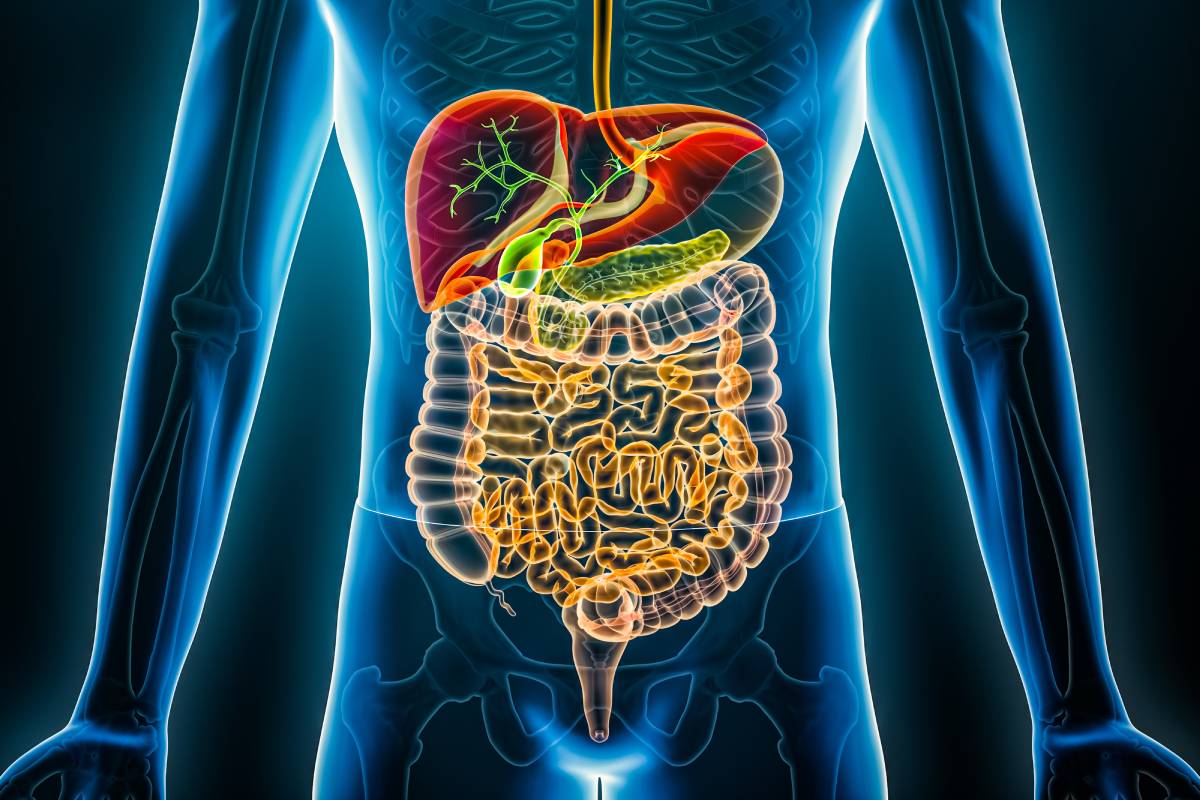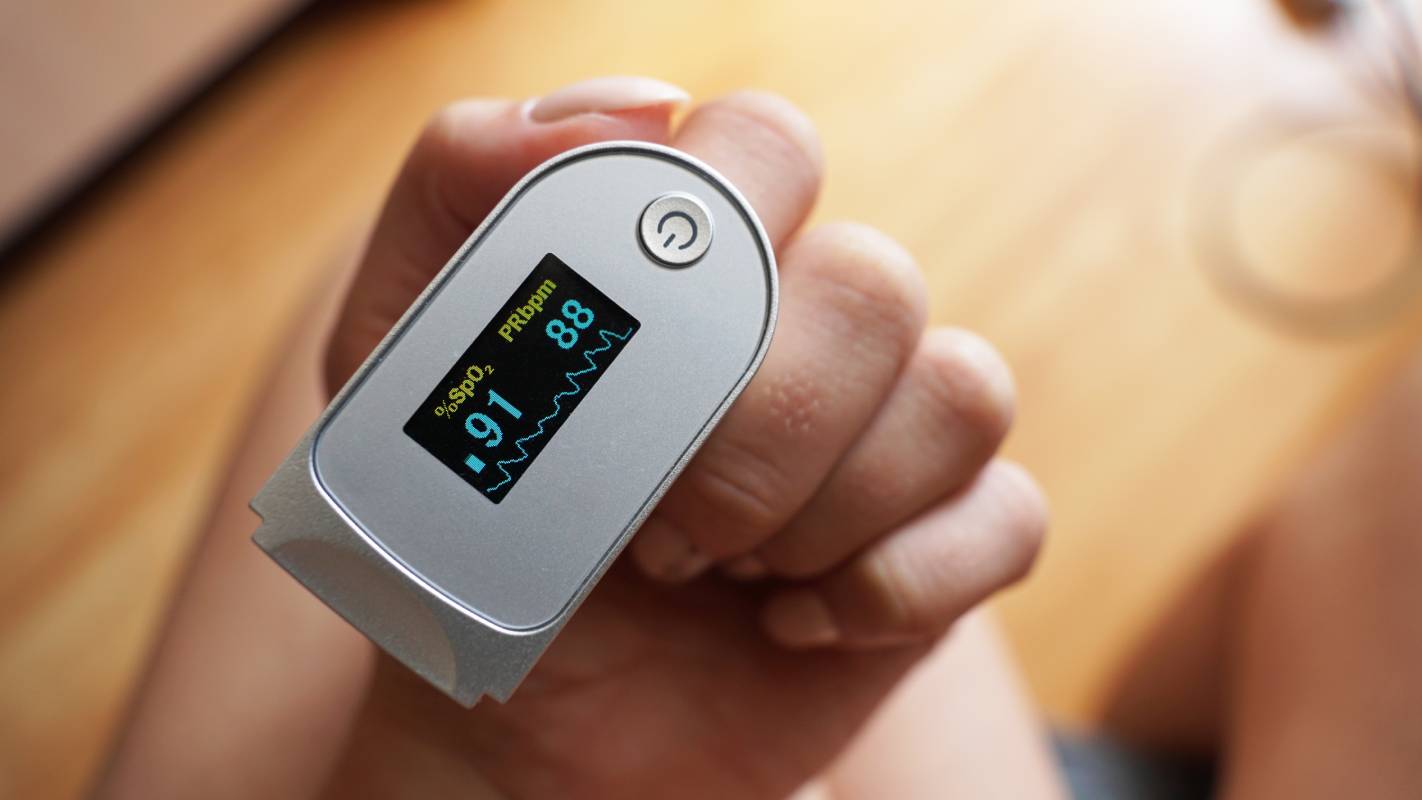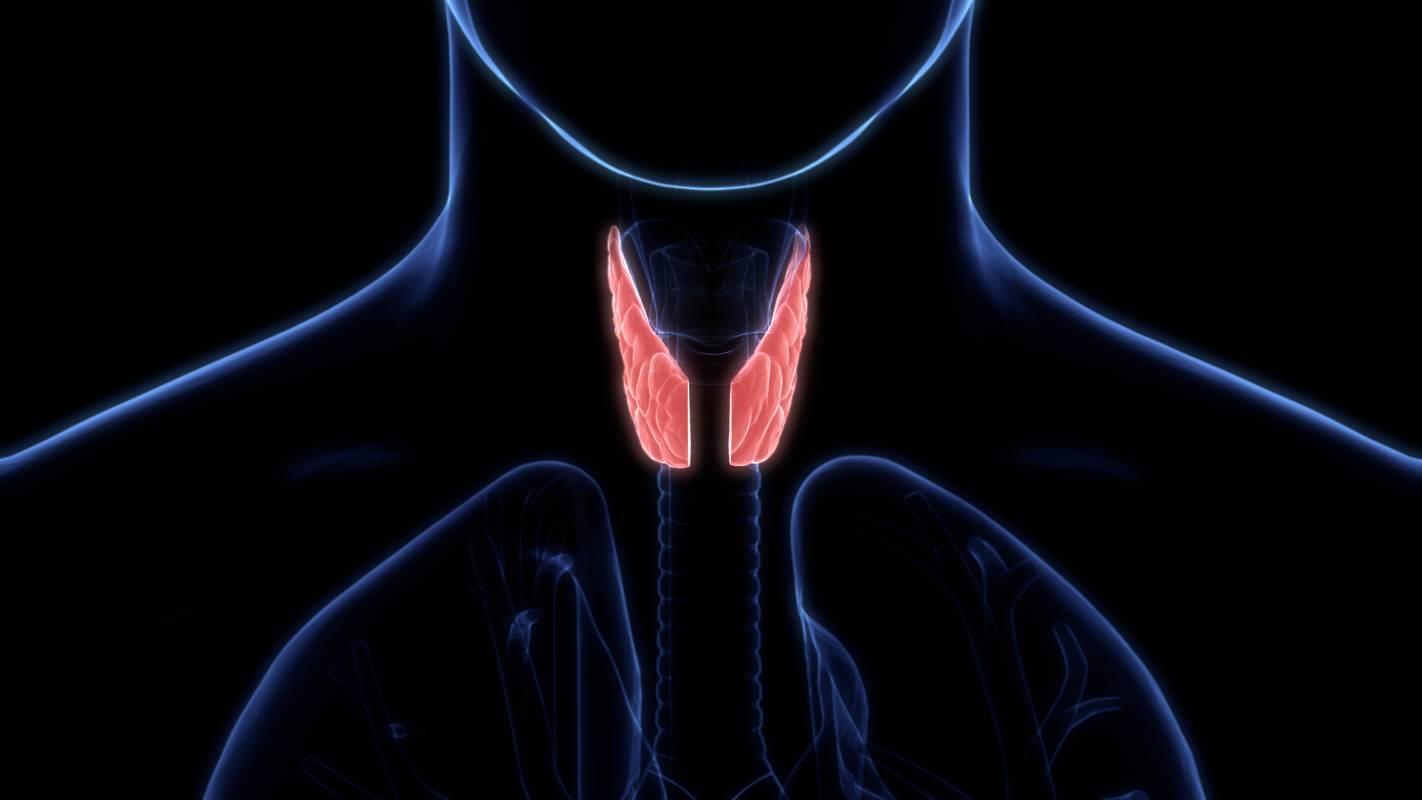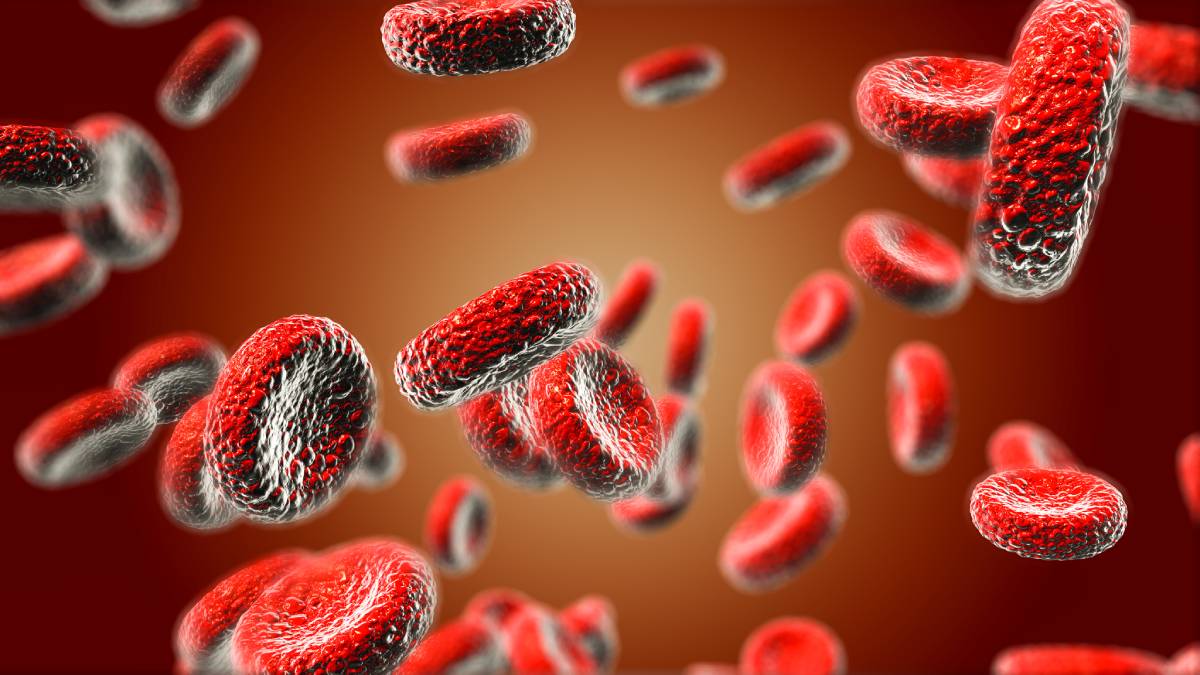Blog

June 2, 2025
Anesthesiology Residency Rotations: A Comprehensive Overview
Anesthesiology Residency Rotations: A Comprehensive Overview Anesthesiology residency programs are meticulously structured to provide residents with a broad and in-depth ...
Read More

April 28, 2025
Sodium Bicarbonate Adjuvant in Anesthesia
Sodium Bicarbonate Adjuvant in Anesthesia Sodium bicarbonate, also known as baking soda, is most commonly used in cooking and cleaning, ...
Read More

March 27, 2025
IV Access in Patients with Edema
IV Access in Patients with Edema Edema, the medical term for swelling, presents unique challenges for healthcare providers when establishing ...
Read More

February 20, 2025
Airway Management: Anatomy of the Airway
Airway Management: Anatomy of the Airway Airway management is a crucial aspect of medical practice, particularly in emergency situations, anesthesia, ...
Read More

January 20, 2025
Treatment of Fluid Retention During Surgery
Treatment of Fluid Retention During Surgery Fluid retention during surgery poses a significant challenge to perioperative management because excessive fluid ...
Read More

December 9, 2024
Factors Affecting Propofol Injection Pain
Factors Affecting Propofol Injection Pain Propofol is a commonly used intravenous anesthetic, popular for its rapid onset and effectiveness in ...
Read More

November 7, 2024
Anesthetics with the Least Hemodynamic Effects
Anesthetics with the Least Hemodynamic Effects Certain anesthetic agents can have significant effects on the cardiovascular system, causing changes in ...
Read More

September 11, 2024
Fall vs. Spring Allergies
Fall vs. Spring Allergies Allergies are a common seasonal issue that affect millions of people worldwide. While many associate allergies ...
Read More

August 5, 2024
Cryoneurolysis for Pain Relief
Cryoneurolysis for Pain Relief Cryoneurolysis, also known as cryoablation, is a pain management technique that involves using extreme cold to ...
Read More

July 1, 2024
Post-Anesthesia Exam
Post-Anesthesia Exam The administration of anesthesia is a critical component of modern surgery, allowing for pain-free and stress-free procedures. However, ...
Read More

June 21, 2024
Understanding and Mitigating Rebound Pain After Peripheral Nerve Blocks
Understanding and Mitigating Rebound Pain After Peripheral Nerve Blocks Peripheral nerve blocks are a widely used technique for providing effective ...
Read More

June 3, 2024
OR Temperature
The temperature of an operating room (OR) affects both patient outcomes and the efficiency of surgical procedures. Maintaining an optimal ...
Read More

May 6, 2024
Comparing Spinal vs. Epidural Anesthesia
Neuraxial anesthesia refers to the administration of local anesthesia around the central nervous system, specifically the spinal cord. Types of ...
Read More

January 8, 2024
CME for Anesthesiologist
Every five years, anesthesiologists need to earn 125 Continuing Medical Education (CME) credits, and every 10 years, they need to ...
Read More

December 4, 2023
Applications of Robotic Surgery
Robotic surgery is a developing field that utilizes the precision of machines to assist surgeons. Several studies demonstrate that robotic ...
Read More

November 8, 2023
Hospital Competition in the US
The healthcare landscape in the United States is extremely complex, marked by exchanges and relationships between providers, insurance companies, patients, ...
Read More

September 27, 2023
Portable Ultrasound for OR Use
Ultrasound technology harnesses high-frequency sound waves beyond the hearing abilities of humans. Ultrasonography operates with probes which generate sound waves ...
Read More

August 30, 2023
Medications that Slow Gastric Emptying
Medications that Slow Gastric Emptying Gastric emptying is a complex physiological process that involves the coordinated movement of ingested food ...
Read More

July 3, 2023
Subscription-Based Healthcare
In recent years, subscription-based healthcare has emerged as a revolutionary alternative to the traditional healthcare system. This model, often labeled ...
Read More

June 19, 2023
Effect of Stress on Surgery Outcomes
Undergoing surgery places physiological stress on the body, but stress can also have an impact on surgery outcomes. Though there ...
Read More

April 28, 2023
Anesthesia Considerations for Patients Taking Blood Thinners
Perioperative and regional anesthesia management for patients on anticoagulation can pose a major problem. Typically, anticoagulants, i.e. blood thinners, are ...
Read More

April 3, 2023
Safety of Non-Operating Room Anesthesia
Non-operating room anesthesia, also known as NORA, refers to the use of anesthesia in settings outside of a traditional operating ...
Read More

March 6, 2023
The Importance of Sleep Before Surgery
Getting a good night’s rest before undergoing surgery can help reduce the levels of postoperative pain that you experience and ...
Read More

January 12, 2023
Uses of Cameras in Surgery
Minimally invasive surgery using a camera has arguably been the most important surgical advancement in the last three decades.4 It ...
Read More

December 15, 2022
Post-Anesthesia Induction Hypotension
Hypotension, also known as low blood pressure, can occur during or after anesthesia and must be watched closely by anesthesia ...
Read More

November 15, 2022
Health Misinformation on Social Media
Access to accurate, up-to-date health information has been critical to keeping individuals and communities safe during the COVID-19 pandemic. As ...
Read More

September 5, 2022
Long Covid in Vaccinated vs. Unvaccinated Populations
For most people, mild or moderate COVID-19 lasts for about two weeks. In others, however, health problems linger even after ...
Read More

August 1, 2022
Post Dural Puncture Headache
Post Dural Puncture Headache Neuraxial anesthesia refers to the administration of local anesthetic in or around the central nervous system ...
Read More

July 4, 2022
Health System Responses to Data Breaches
One of the fundamental beliefs within the American medical system is that patients have the right to privacy. This right ...
Read More

June 7, 2022
R-Ketamine vs. S-Ketamine
(R,S)-ketamine is a N-methyl-ᴅ-aspartate (NMDA) receptor antagonist and a commonly used anesthetic agent worldwide. In the late 1990s, studies and ...
Read More

May 2, 2022
Silent Hypoxia in COVID-19
Silent hypoxia is characterized by a significantly reduced oxygen saturation level with no associated breathing difficulties, at least in its ...
Read More

April 4, 2022
Anesthesia Considerations for Balloon Sinuplasty
In 2005, the FDA approved balloon sinus ostial dilation–also known as balloon sinuplasty, or BSD–for use in treating both recurrent ...
Read More

March 8, 2022
Anesthesiology vs. Pain Medicine
Historically, pain medicine was a subset of the general field of anesthesiology [1]. With the advent of nerve procedures, however, ...
Read More

February 7, 2022
Anesthesia Considerations for Thyroid Surgery
The thyroid is a gland located in the anterior region of the neck and is a critical part of the ...
Read More

January 4, 2022
Antibodies After COVID-19 Infection
The COVID-19 pandemic, caused by the virus SARS-CoV-2, is still a global problem. Research on protection due to antibodies after ...
Read More

December 6, 2021
Controversy Over “No Surprises Act” Implementation
Last December, Congress passed the “No Surprises Act” to shield patients from unexpected bills incurred when they receive medical treatment from ...
Read More

November 1, 2021
IV Ibuprofen for Analgesia
Ibuprofen is a non-steroidal anti-inflammatory drug (NSAID). Although most familiar in its oral form, ibuprofen can also be administered as ...
Read More

October 4, 2021
VR for Pediatric Medical Procedures
Originally developed for the entertainment industry as the next generation of video gaming systems, “virtual reality” (VR) presents exciting applications ...
Read More

September 6, 2021
Vaccine Response in Immunosuppressed Patients
Vaccines are essential tools in reducing the transmission and symptoms of many diseases. However, not all populations respond identically to ...
Read More

August 2, 2021
Light Sedation for Mechanical Ventilation
In order to reduce pain, decrease anxiety, and avoid complications, sedating mechanically ventilated patients is common practice. While mechanical ventilators ...
Read More

June 7, 2021
The Impact of the Perioperative Surgical Home on Patient Experience
Traditionally, anesthesia care for surgical patients has lacked in continuity, with negative impacts on patient safety and well-being. On top ...
Read More

May 3, 2021
Current Treatments for Sleep Apnea
Obstructive sleep apnea (OSA), which affects 17% of women and 34% of men in the United States, is characterized by ...
Read More

April 5, 2021
Lidocaine: Overview and Uses
Lidocaine is an intermediate-acting local anesthetic commonly used in surgical, obstetrical, and diagnostic procedure.1 This tertiary amine was first synthesized ...
Read More

March 8, 2021
Demographic Trends in Telehealth Access during COVID-19
Over the course of the last year, the COVID-19 pandemic has drastically changed the healthcare landscape. The virus’ ability to ...
Read More

February 8, 2021
High-Frequency Oscillatory Ventilation: Indications and Risks
High-frequency oscillatory ventilation (HFOV) is a lung-protective method of mechanical ventilation that utilizes nonconventional gas exchange mechanisms to provide lung ventilation ...
Read More

January 11, 2021
Understanding Medical Tourism
Medical tourism is the process of traveling to a different country for medical care. Tens of thousands of U.S. residents ...
Read More

December 14, 2020
Diagnosing Iron Deficiency Anemia Preoperatively
Preoperative anemia is associated with an increased chance of perioperative morbidity and mortality [1]. This is true across a variety ...
Read More

October 12, 2020
Vaccine Deployment during a Pandemic
Several vaccines for Covid-19 are currently in development and will likely be approved in the coming months. However, after a ...
Read More

September 14, 2020
Potential for the Development of a Non-Hepatotoxic Acetaminophen Alternative
Scientists have recently identified a chemical analog of acetaminophen (ApAP) that appears to have decreased liver and kidney toxicity. The peer-reviewed publication, “A novel pipeline of ...
Read More

August 17, 2020
Perioperative Concerns Regarding COVID-19
COVID-19 is an infectious syndrome caused by the SARS-CoV-2 virus. The virus has spread quickly since it was first discovered ...
Read More

July 20, 2020
The Evolution of Robotic Anesthesia
The onset of the technological revolution has changed the way healthcare is practiced. Robotic surgery became popular as healthcare professionals ...
Read More

June 17, 2020
Effects of Anesthesia Exposure on the Developing Brain
General anesthesia is typically used during surgeries to put patients in an unconscious state, meaning that it interrupts their cognitive ...
Read More

May 14, 2020
The Differences between Private and Government Insurance Plans
Insurance in the United States can be divided into two funding categories: private and government. Government insurance is paid for or subsidized ...
Read More

May 11, 2020
The Smart Infusion Pump
One of the anesthesia provider’s main roles is to administer anesthetic and analgesic drugs before, during and after a procedure.1 This delivery can occur via a variety of ...
Read More
